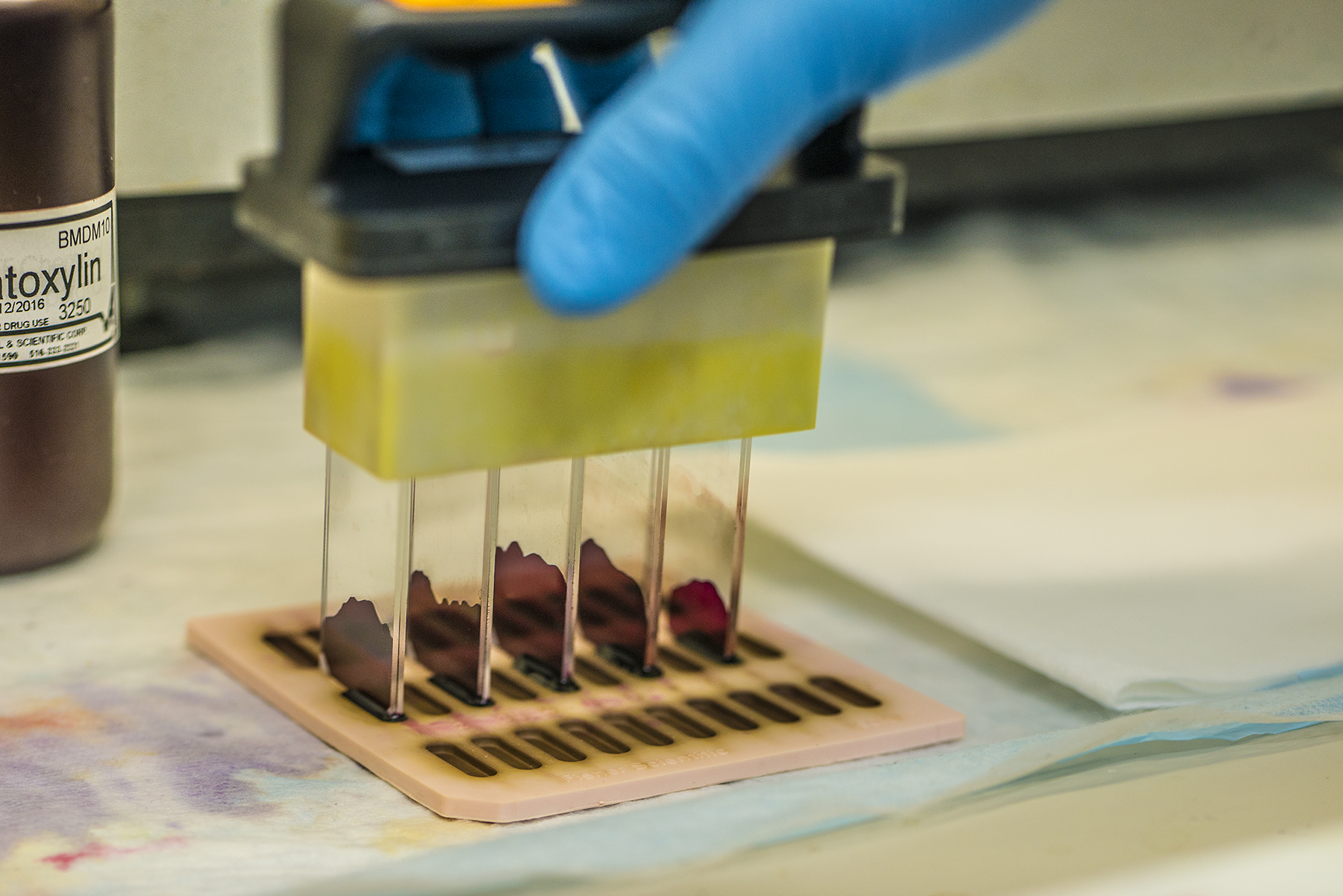Circadian Disruption With Constant Light Exposure Exacerbates Atherosclerosis in Male ApolipoproteinE-deficient Mice
Abstract
Disruption of the circadian system caused by disordered exposure to light is pervasive in modern society and increases the risk of cardiovascular disease. The mechanisms by which this happens are largely unknown. ApolipoproteinE-deficient (ApoE-/-) mice are studied commonly to elucidate mechanisms of atherosclerosis. In this study, we determined the effects of light-induced circadian disruption on atherosclerosis in ApoE-/- mice. We first characterized circadian rhythms of behavior, light responsiveness, and molecular timekeeping in tissues from ApoE-/- mice that were indistinguishable from rhythms in ApoE+/+ mice. These data showed that ApoE-/- mice had no inherent circadian disruption and therefore were an appropriate model for our study. We next induced severe disruption of circadian rhythms by exposing ApoE-/- mice to constant light for 12 weeks. Constant light exposure exacerbated atherosclerosis in male, but not female, ApoE-/- mice. Male ApoE-/- mice exposed to constant light had increased serum cholesterol concentrations due to increased VLDL/LDL fractions. Taken together, these data suggest that ApoE-/- mice are an appropriate model for studying light-induced circadian disruption and that exacerbated dyslipidemia may mediate atherosclerotic lesion formation caused by constant light exposure.
Conflict of interest statement
The authors declare no competing interests.
